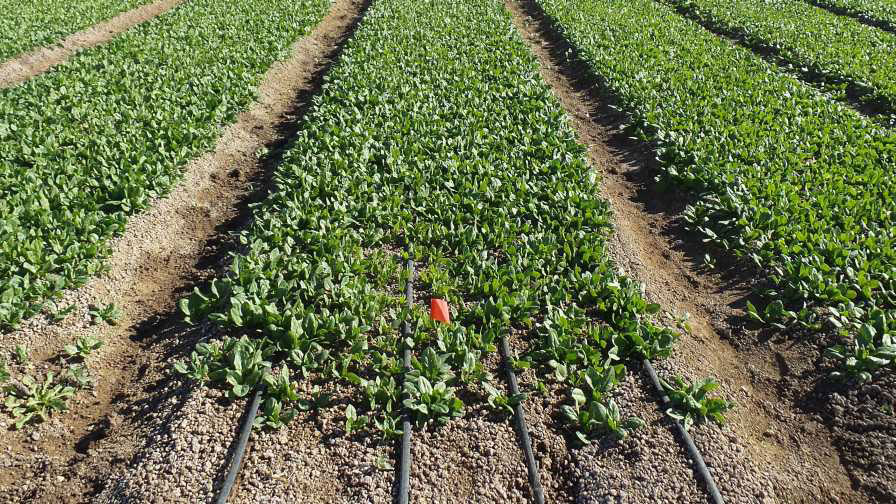How Drip Irrigation Cuts Costs for Small-Scale Farmers

Drip irrigation is a game-changer for small farms, offering significant savings on water, labor, and crop inputs. Here’s how it boosts profitability while conserving resources.
💧 How Drip Irrigation Saves Money
1. Slashes Water Bills by 30-60%
- Precise watering at plant roots reduces evaporation and runoff.
- No wasted water—unlike flood or sprinkler irrigation.
- Ideal for drought-prone areas where water costs are high.
2. Lowers Labor Costs by 50%+
- No manual watering—automated timers do the work.
- Fewer weeds (since water targets crops only) = less weeding.
- Reduces fertilizer costs (fertigation delivers nutrients directly).
3. Increases Crop Yields by 20-50%
- Consistent moisture = healthier plants & higher productivity.
- Fewer diseases (foliage stays dry, reducing fungal risks).
- Longer growing seasons (optimal water use extends harvests).
💰 Cost Breakdown: Initial vs. Long-Term Savings
| Expense | Drip Irrigation | Traditional Methods |
|---|---|---|
| Installation | 500−2,000/acre* | Lower upfront cost |
| Water Use | 30-60% less | High waste |
| Labor | Minimal | High (daily watering) |
| Fertilizer | 25% less (fertigation) | More needed |
| Yield Gains | +20-50% | Lower efficiency |
*Cost varies based on system complexity.
🛠️ Affordable Drip Irrigation Options for Small Farms
1. Basic Gravity-Fed Drip Kits (200−500/acre)
- No pump needed—uses water tanks or barrels.
- Best for small plots & vegetable gardens.
2. Modular Drip Systems (500−1,500/acre)
- Expandable—add more lines as the farm grows.
- Includes timers & pressure regulators.
3. DIY Repurposed Systems (Under $100)
- Use recycled bottles, PVC pipes, or soaker hoses.
- Great for ultra-low-budget farms.
🌱 Government Grants & Subsidies
Many countries offer financial aid for water-efficient farming:
✔ USA – NRCS EQIP Program (covers 50-75% of costs).
✔ India – PMKSY subsidies for micro-irrigation.
✔ EU – CAP grants for sustainable agriculture.
✔ Africa – World Bank & NGO-funded drip projects.
Check local agricultural offices for funding opportunities!
🔧 Maintenance Costs & DIY Management
- Annual upkeep: ~50−200 (filter cleaning, tubing repairs).
- DIY-friendly—most small farmers can install & maintain their systems.
- Common fixes:
- Clogged emitters → Soak in vinegar.
- Leaks → Use goof plugs or replacement fittings.
📊 Drip vs. Traditional Methods: Cost Comparison
| Factor | Drip Irrigation | Flood/Sprinkler |
|---|---|---|
| Water Use | ✅ Highly efficient | ❌ High waste |
| Labor | ✅ Low maintenance | ❌ Daily work |
| Yield | ✅ Higher profits | ❌ Lower efficiency |
| Long-Term ROI | ✅ Pays off in 1-3 yrs | ❌ Higher ongoing costs |
✅ Key Takeaways for Small Farmers
✔ Saves water & cuts utility bills – Up to 60% less usage.
✔ Reduces labor & fertilizer costs – More time & money for other tasks.
✔ Boosts yields & income – Healthier crops = higher market returns.
✔ Affordable options available – Even low-budget farms can benefit.
✔ Government aid exists – Grants can cover 50-100% of costs.
🚀 Final Verdict: Is Drip Irrigation Worth It?
Yes! While the initial cost may seem high, the long-term savings make it one of the smartest investments for small-scale farmers.
💡 Tip: Start with a small pilot plot to test before scaling up!
